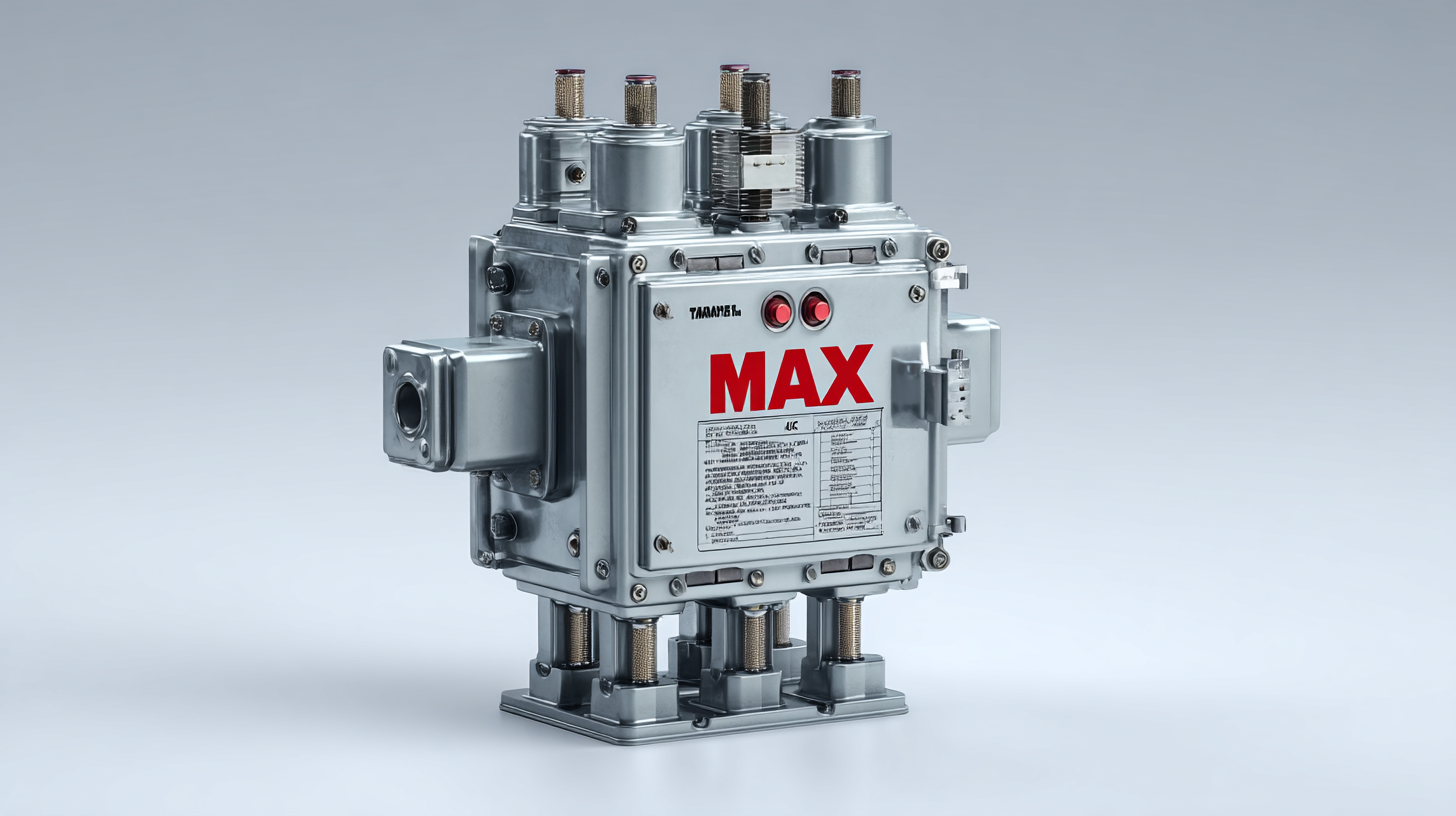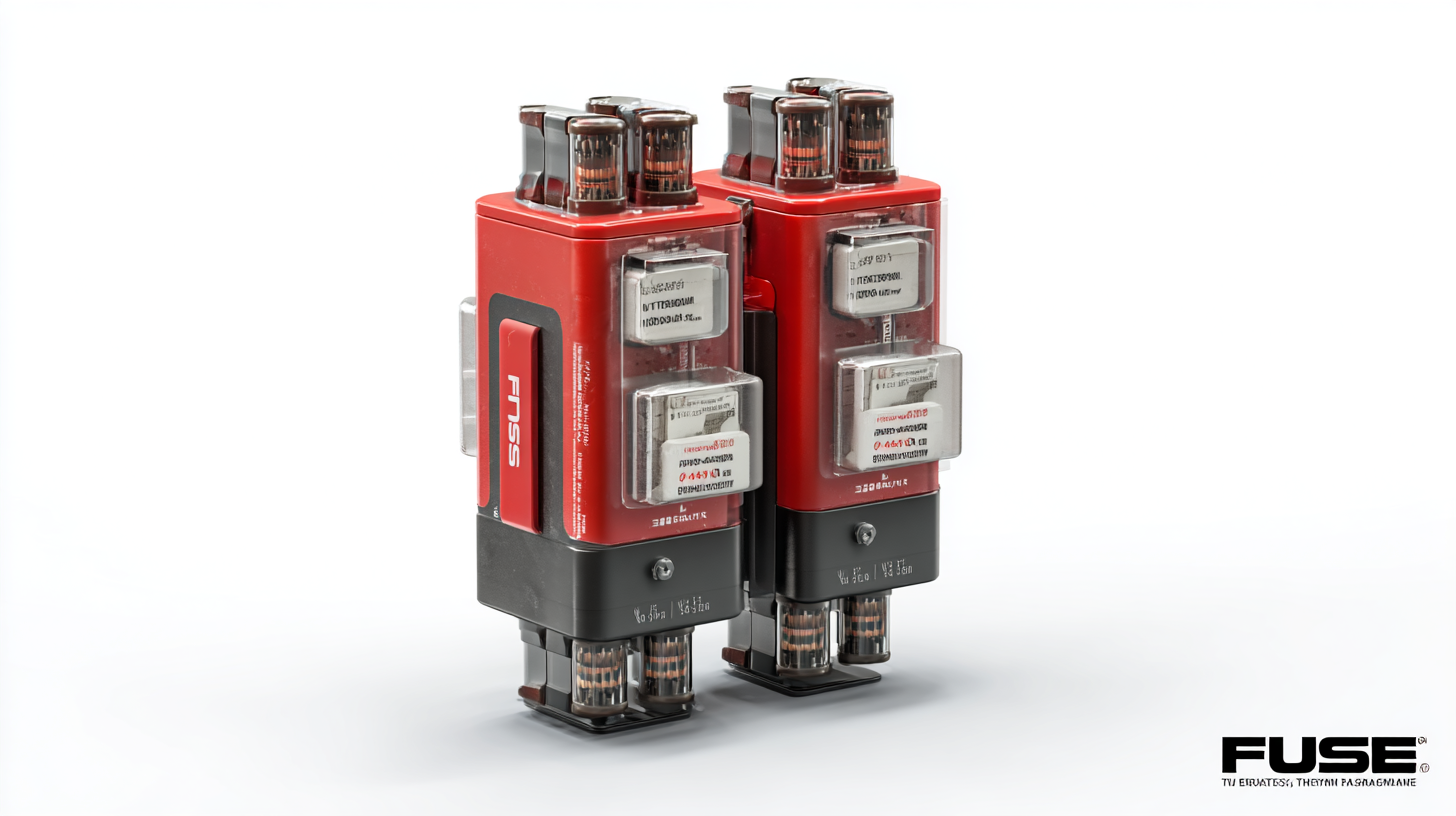
-
Home
-
About Us
-
Products
-
News
-
Blog
-
Contact Us
Leave Your Message

The importance of selecting the appropriate fuse of transformer cannot be overstated, as it plays a crucial role in ensuring both optimal protection and reliability in electrical systems. According to a report by the International Electrotechnical Commission (IEC), nearly 80% of transformer failures can be attributed to inadequate protection mechanisms, underscoring the necessity of utilizing the best fuses available. In the face of rising global energy demands, the efficiency of transformer systems has become a focal point for engineers and energy providers alike. Recent studies indicate that employing the right fuse type not only enhances system resilience but can also improve overall operational efficiency by up to 15%. This blog aims to compare different types of transformer fuses, providing insights into their performance, reliability, and protection capabilities, thereby enabling stakeholders to make informed decisions that align with industry standards and best practices.

Advanced fuses play a critical role in the protection technology of transformers, ensuring both reliability and safety in electrical systems. According to a report published by the International Electrotechnical Commission, approximately 20% of transformer failures are attributed to overloads and short-circuits. Utilizing advanced fuses can significantly mitigate these risks by incorporating faster response times and better overload capacity compared to traditional fuses. These modern fuses are designed to operate within calculated parameters, enabling timely disconnection from the circuit and thereby preserving the integrity of transformer equipment.
Moreover, the adoption of smart fuse technology is gaining traction in the industry. A report by Frost & Sullivan indicates that the global market for smart fuses is expected to exceed $2 billion by 2026, driven by the demand for enhanced reliability and efficiency in power distribution networks. These fuses are not only focused on current limiting but also integrate monitoring capabilities, which provide real-time data and diagnostics. This feature allows operators to predict potential failures before they occur, leading to a proactive maintenance approach that can reduce operational costs and downtime significantly. In this evolving landscape, it’s clear that advanced fuse technology will remain at the forefront of transformer protection strategies.
In 2025, the pivotal role of innovative fuse designs in enhancing transformer reliability will be crucial for the electrical power industry. According to a report by the International Energy Agency (IEA), transformers account for approximately 60% of electrical distribution costs, making their protection an essential focus for utilities. Modern fuse technology is evolving to meet these demands, featuring faster response times and improved overload capabilities. For example, recent advancements in semiconductor fuses have demonstrated a reduction in response times by up to 40%, effectively minimizing damage during fault conditions.
Moreover, the adoption of smart fuses equipped with IoT capabilities allows for real-time monitoring and diagnostics. The Utility Technology Council (UTC) estimates that integrating smart fuses can reduce transformer failure rates by 25% over traditional methods. This data is compelling, as it emphasizes not only the significance of reliable fuses but also their impact on reducing operational downtime and maintenance costs. With the global market for transformers expected to reach $89 billion by 2026, ensuring optimal protection through innovative designs is more critical than ever to sustain power infrastructure and reliability for future energy demands.

The future of transformer efficiency is increasingly marked by innovative solutions that address growing energy demands and the push for sustainability. As outlined in recent market studies, including insights into the Global Digital Railway Market and the Medium Voltage Transformer Market, there is a significant drive towards enhancing the operational performance of transformers. This evolution is not solely about power distribution but also encompasses advancements in energy storage technologies that facilitate a smarter grid. The integration of these systems is essential for ensuring that infrastructure can keep pace with rapid technological advancements.
Moreover, the intersection of artificial intelligence and transformer technology is creating opportunities for organizations to maximize efficiency. By leveraging predictive analytics and smart data management, companies can optimize transformer performance, mitigate risks, and enhance reliability. This trend is evident across various sectors, from energy to transportation, as businesses continually seek to implement future-ready infrastructure.
As we move towards 2030 and beyond, embracing these key trends will be crucial for stakeholders aiming to achieve sustainable growth while adapting to an ever-evolving landscape.
The influence of digitalization on fuse technology represents a significant leap forward in enhancing transformer safety. As smart grid technologies proliferate, the ability to integrate real-time monitoring and automated protective systems has become paramount. Digital fuses, equipped with advanced sensors and connectivity options, can analyze electrical loads, detect abnormal conditions, and respond instantaneously to prevent failures or costly outages. This evolution not only optimizes the performance of transformers but also extends their lifespan by ensuring they operate within safe parameters.

When selecting the right fuse for a transformer, understanding the load characteristics and the operating environment is crucial. The most effective fuses not only protect the transformer from overloads and short circuits but also ensure the system operates reliably under various conditions. Start by assessing the transformer's rated current and voltage, along with the nature of the load it will serve. This foundational knowledge helps in choosing fuses with the appropriate ratings that can handle inrush currents without nuisance blowouts.
Another best practice involves considering the fuse's characteristics, such as its responsiveness and time-current curve. Fast-acting fuses are ideal for applications where quick protection is necessary, while time-delay fuses can accommodate temporary surges without interrupting operation. Additionally, always prioritize high-quality components from reputable manufacturers to guarantee durability and reliability. Regular maintenance checks and testing of the fuses can further enhance safety and operational efficiency, ensuring that your transformer continues to perform optimally for years to come.